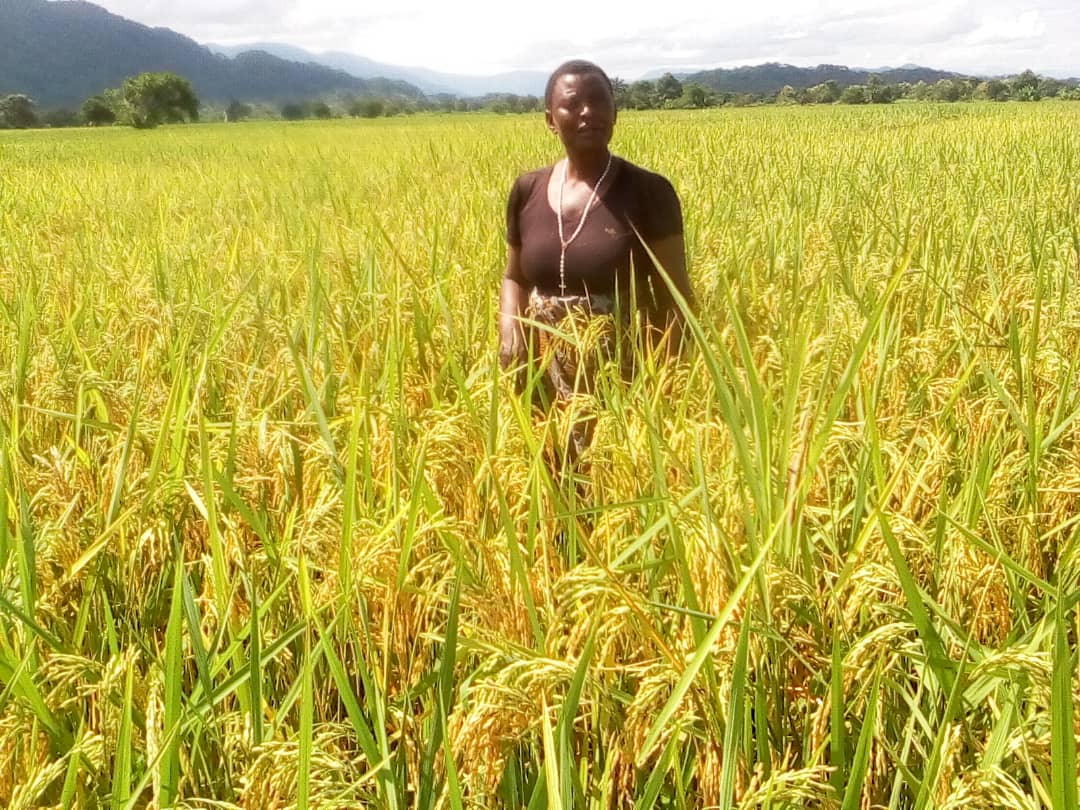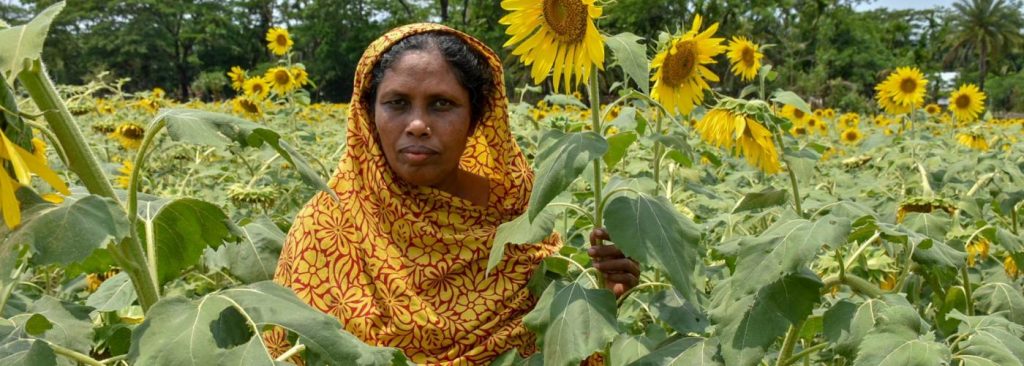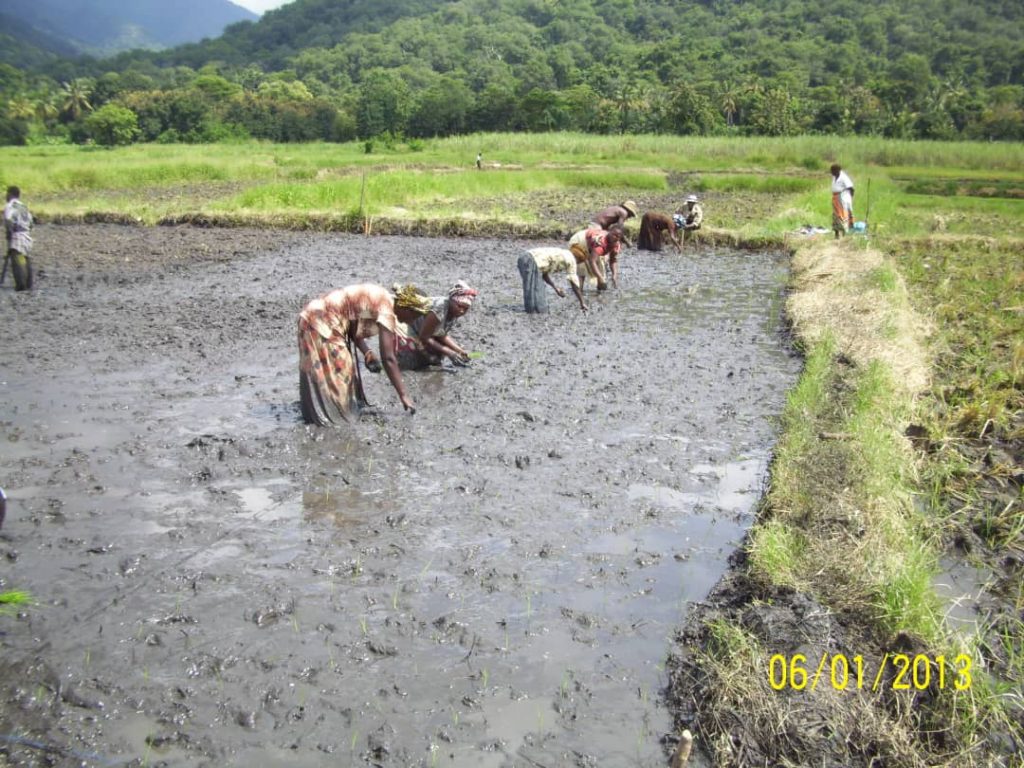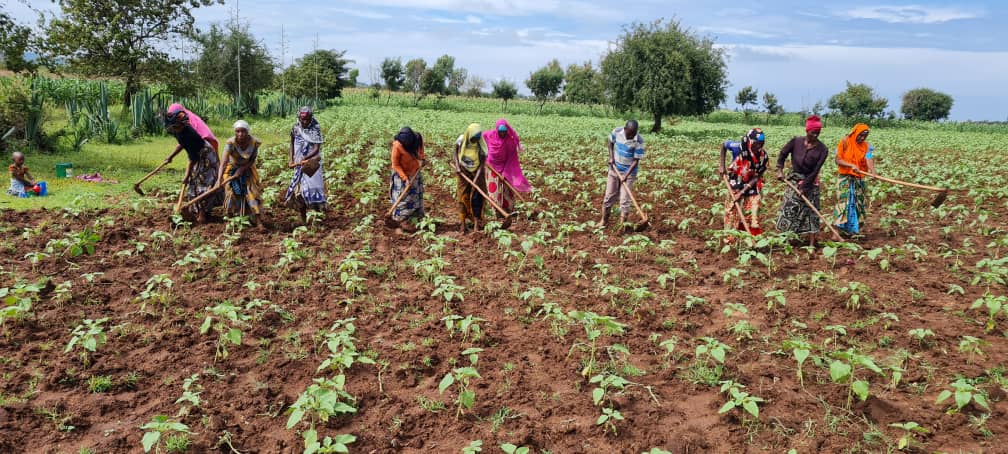Women and youth in rice and sunflower commercialisation in Tanzania: Inclusiveness, returns on household labour and poverty reduction

Written by: Ntengua Mdoe, Aida Isinika, Gilead Mlay, Gideon Boniface, Christopher Magomba, John Jeckoniah and Devotha Mosha
Over the last two decades, the Government of Tanzania, in collaboration with development agencies, has been supporting rice and sunflower commercialisation to improve livelihoods and reduce poverty among actors in these value chains. At the same time, the support has aimed to ensure sustainable commercialisation and involvement of women and youth in the commercialisation process. Despite these efforts, women and youths’ involvement in the rice and sunflower commercialisation process is constrained – likely because of a lack of land and financial capital. Land access problems among women and youth in Tanzania are, for instance, largely the result of cultural restrictions on the ownership of ancestral land. Regarding financial capital, women and youth cannot access loans from commercial banks because of their low ownership of assets used by banks as collateral. This blog reflects on the findings of APRA Working Paper 30, APRA Working Paper 59 and APRA Brief 33, which seek to understand the reality of women and youth’s involvement in these value chains.
Looking at government policy to promote commercial rice and sunflower production for poverty reduction, APRA Brief 30 examines the extent to which households headed by women and youth have been able to participate in the rice and sunflower commercialisation process. Other questions include: what are the household labour returns for those involved in the production of these crops? And: what is the poverty status of households headed by women and youth who are participating in commercial rice and sunflower value chains?

Participation in rice and sunflower commercialisation
Women and youth do participate in the production and marketing of rice and sunflower. However, differences exist in the level of participation between young and older farmers, and between male and female famers. Irrespective of gender, the percentage of older farmers participating in rice production (76 per cent) was significantly higher than thethe percentage of young young farmers (25 per cent). Similarly, the percentage of older farmers participating in sunflower production (78 per cent) was significantly higher thanthe the percentage of young young farmers (22 per cent). Interestingly, the percentage of households headed by older female famers involved in rice (79 per cent) and sunflower (92 per cent) production was higher than their male counterparts involved in rice (75 per cent) and sunflower (76 per cent) production. For young farmers, the percentage of households headed by female farmers involved in rice (21 per cent) and sunflower (9 per cent) production was lower than their male counterparts involved in rice (25 per cent) and sunflower (24 per cent) production.
Besides participation, households headed by older farmers and male famers planted larger land areas with rice and sunflower, and harvested higher yields than those headed by young famers and female farmers, respectively. However, despite planting larger land areas with rice and harvesting higher yields, households headed by older famers sold a lower proportion of their harvested rice (59 per cent) and sunflower (68 per cent) compared to the proportion of rice (64 per cent) and sunflower (73 per cent) sold by households headed by young farmers. This could be because older farmers needed to retain a larger proportion of the harvested rice and sunflower for household consumption as they have more household members to feed than young farmers.

Irrespective of age, female-headed households sold relatively smaller quantities of rice and sunflower. For example, households headed by older male farmers sold 61 per cent and 71 per cent of harvested rice and sunflower, respectively, compared with households headed by older female farmers who sold 53 per cent and 65 per cent of harvested rice and sunflower, respectively. The fact that women-headed households sold smaller crop quantities may largely be due to their limited access to land and lower yields – as they cannot afford productivity-improving technologies.
Household labour returns and poverty status at the household level
Effective participation in commercial rice and sunflower production depends on labour returns. Overall, household labour returns among farmers engaged in commercial rice and sunflower production were substantially higher than wage rates for those they hired. However, significant differences exist in the returns, which, for rice, ranged from TSh13,237 (US$5.69) a day for young women-headed households to TSh24,315 (US$10.46) a day for older men-headed households; and for sunflower, TSh11,038 (US$4.75) a day for older women-headed households to TSh35,306 (US$15.18) a day for older men-headed households.
These returns barely allow some households to escape poverty, especially if their households have many members. Irrespective of gender, households headed by older farmers had high poverty levels of 58 per cent and 77 per cent for those participating in rice and sunflower production, respectively, compared with 44 per cent and 70 per cent poverty levels for households headed by young farmers participating in rice and sunflower production, respectively. This is largely because young farmers have fewer household members to feed. Meanwhile, female-headed households had high poverty levels irrespective of age and value chain. For example, 72 per cent of older female-headed households participating in commercial rice production were impoverished compared with 55 per cent of older male-headed households.

Conclusion and policy implications
The findings show that smallholder farmers, including women and youth, participate in commercial rice and sunflower production, but with social differentiation due to different levels of access to resources. The findings have important implications for policymakers in Tanzania as they strive to improve the welfare of smallholder farmers. Evidence highlights the importance of supporting policies that enhance access to resources, particularly financial capital and agricultural land, for women and young farmers.
